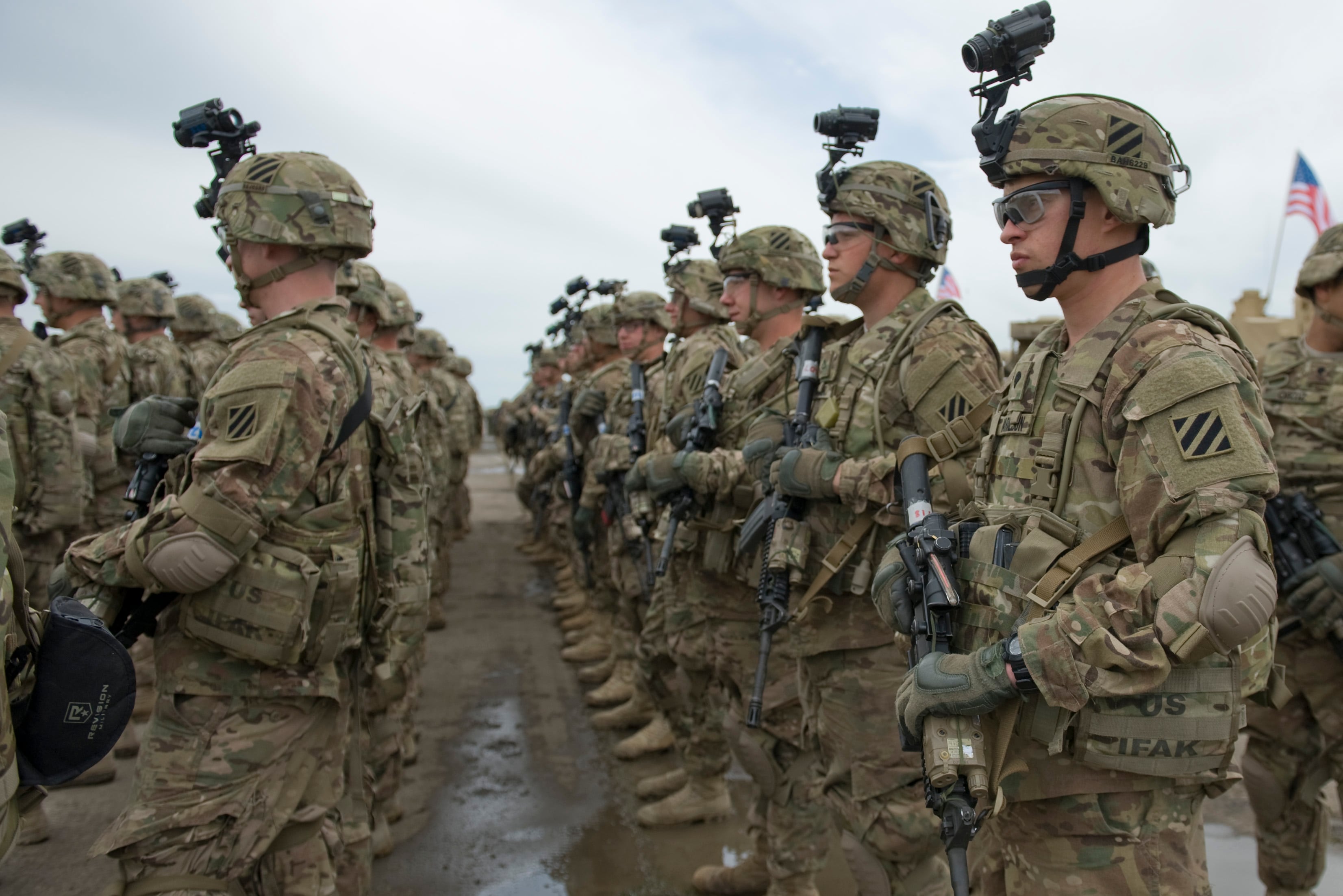The combat application tourniquet - that small, issue item to which so many wounded troops owe their lives - is getting an upgrade.
The Generation 7 Combat Application Tourniquet will soon be coming to an Individual First Aid Kit near you, the Army Medical Materiel Agency announced this week.
The older version - Generation 6 - will continue to be fielded, but soldiers should familiarize themselves with both, said AMMA nurse consultant Jason Harrington.
"When you need to actually use a tourniquet is the wrong time to figure out which version you have and how to use it," he said in a statement. "Soldiers need to look at their tourniquets and become familiar with the version they have been issued by carefully reading the printed instructions that come with each CAT."
Both versions of the tourniquet are already in use in the field, but the Army is working to get the word out to deployed soldiers about the updated version so they know how to use it if needed.
Like the Army, the Marine Corps started fielding the Generation 7 tourniquet this year.
The two versions look very similar, except the Generation 7 has a gray fastener strap, compared with a white one on the Generation 6. The newer model also has its lot number and "G7" visible on the device and through the manufacturer's packaging.
The Generation 7, however, was designed with greater efficiency and speed in mind.
It uses a single-routing buckle to feed the tourniquet belt through before tightening the windlass (that black rod that twists to cut off blood flow). The Generation 6, in contrast, has two buckle slots that can be used to either double-route or single-route the belt.
The Generation 6 is no less effective, however.
"Soldiers who have an older version should not feel they have to replace their device by getting the newer version or fear that the older version is any less effective," Harrington said.
Both versions of the tourniquet have been tested by the Army's Institute of Surgical Research and the Navy. In addition, Army medics are now trained on both versions.
Tourniquets - brilliant in function, cheap to produce and easy to improvise - have been employed on battlefields since at least the time of the ancient Greeks.
With the simplicity of a band (such as a rope or belt) looped around a limb and a stick or rod to twist it, pressure is applied equally above the wound to head off traumatic bleeding.
This preempts exsanguination - bleeding to death - the most common cause of potentially survivable death on the battlefield.
Since the Combat Application Tourniquet was first introduced by the Army in 2005, it has decreased the mortality rate due to extreme exsanguination by 85 percent, according to CAT Resources, the makers of the Generation 7 tourniquet.




